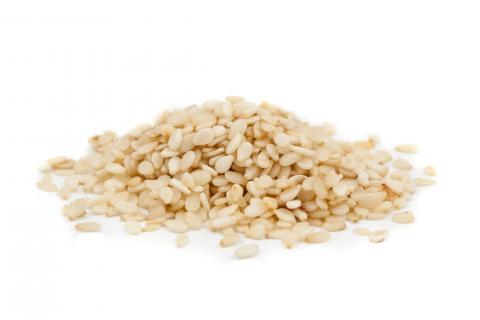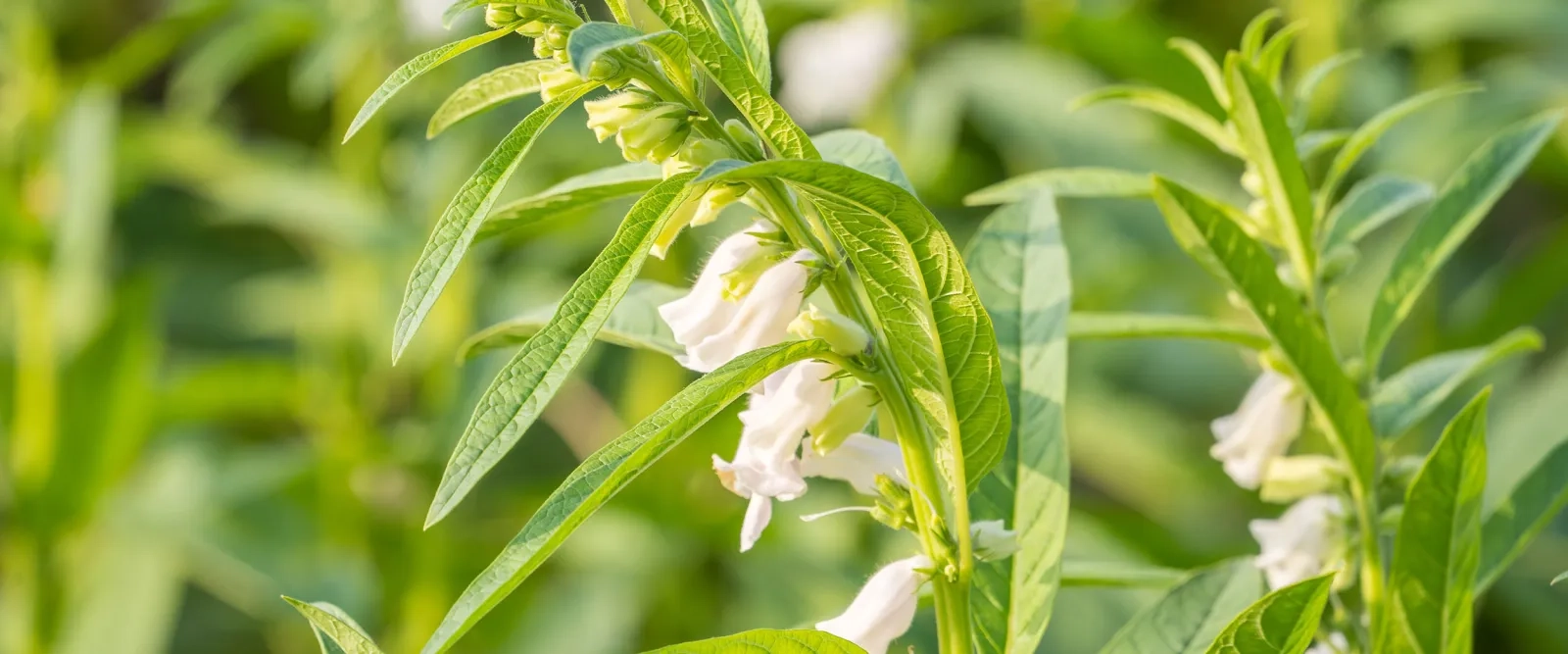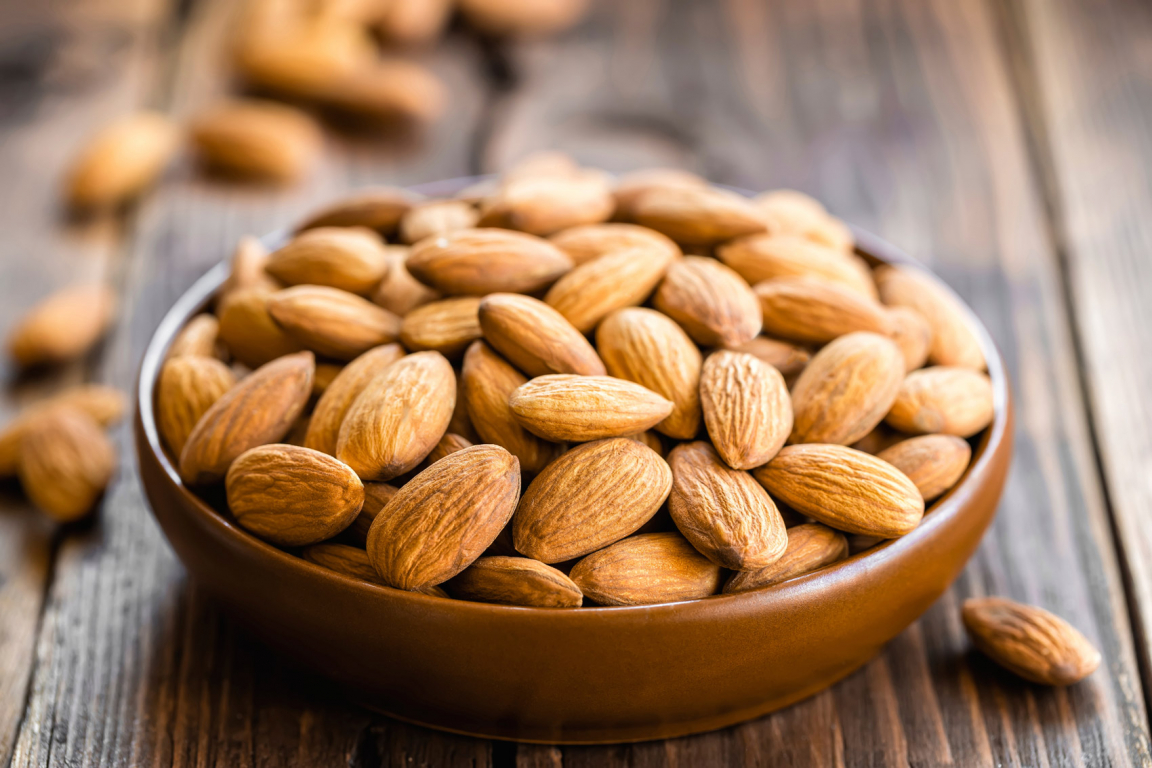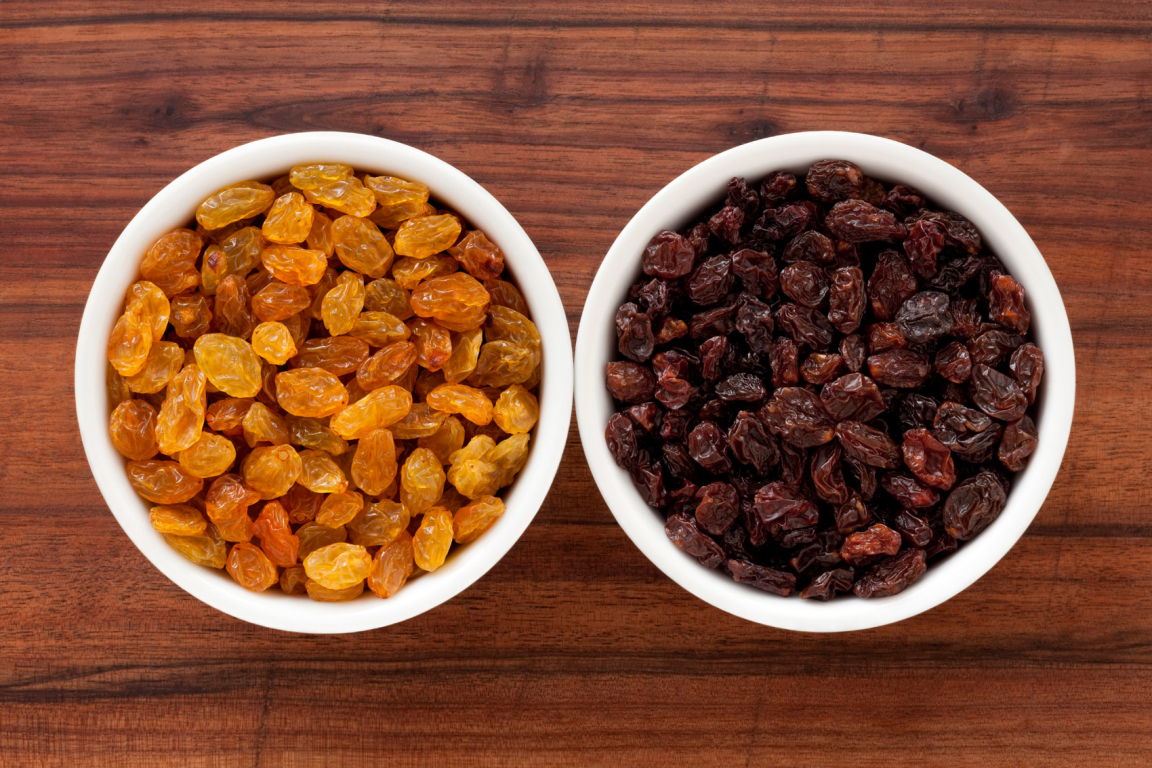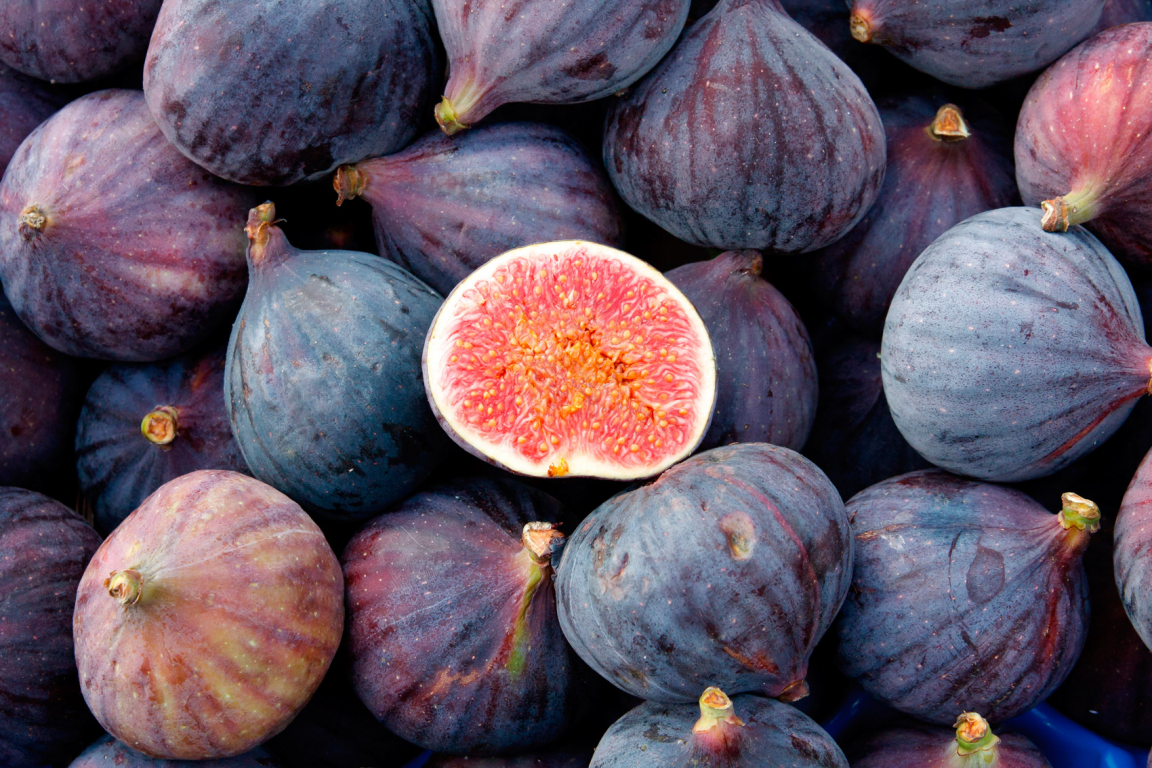Sesame seed
Sesamum indicum
Origin
India
Nigeria
Sudan
Nigeria
Sudan
Harvest time
June-July, September- October, April-May
Quality
Premium
Hulled, natural
Further qualities on request
Hulled, natural
Further qualities on request
All products are also available from certified organic cultivation.
For product specifications, please contact:
Dirk Elsmann (d.elsmann@keyaniyan.de)
Katrin Ohlhoff (k.ohlhoff@keyaniyan.de)
Image
